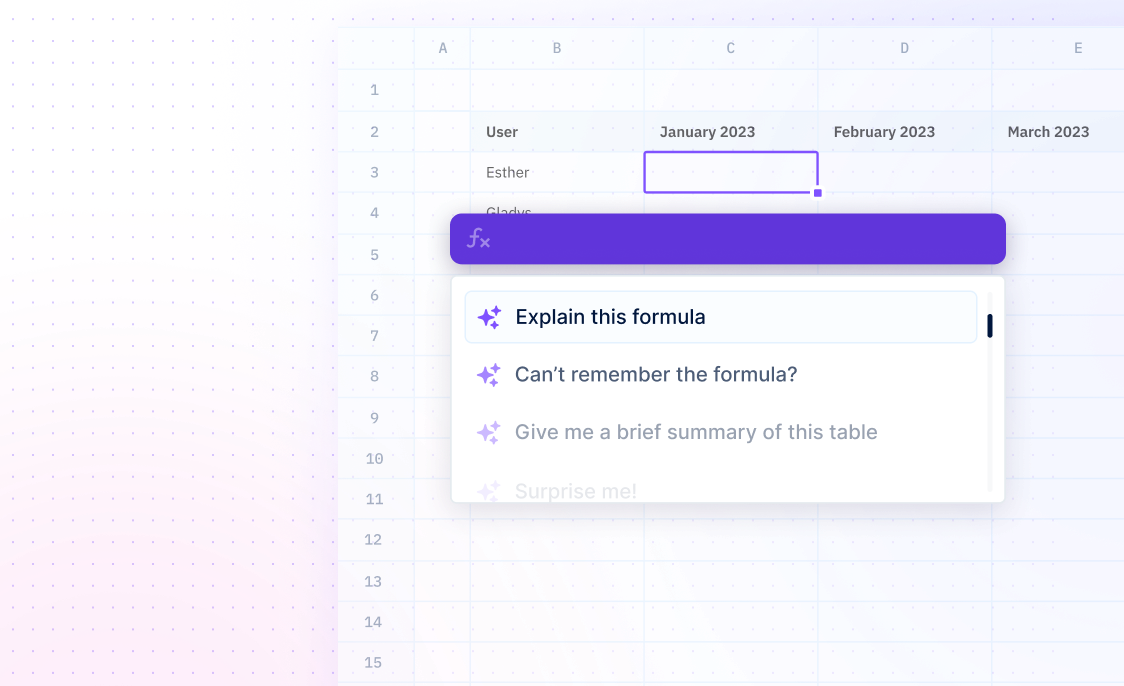
DB
Formulas / DBCalculate depreciation of an asset.
=DB(cost, salvage, life, period, [month])
- Cost - required, the asset's cost
- Salvage - required, the asset's value at the end of depreciation
- Life - required, the period over which the asset is depreciated
- Period - required, the period to calculate depreciation for
Examples
=DB(A2,A3,A4,2,7)returns the depreciation in the second year. This formula calculates the depreciation for a given asset for a specific period of time. The first argument, A2, is the cost of the asset. The second argument, A3, is the salvage value of the asset. The third argument, A4, is the life of the asset. The fourth argument, 2, is the period for which the depreciation is to be calculated. The fifth argument, 7, is the depreciation method used. This formula can be used to calculate the depreciation of an asset over its useful life.=DB(A5,A6,A7,3,7)returns the depreciation in the third year. This formula is similar to the first example, but it calculates the depreciation for the third year of the asset's life. The first argument, A5, is the cost of the asset. The second argument, A6, is the salvage value of the asset. The third argument, A7, is the life of the asset. The fourth argument, 3, is the period for which the depreciation is to be calculated. The fifth argument, 7, is the depreciation method used. This formula can be used to calculate the depreciation of an asset over its useful life.
Summary
The DB function calculates depreciation for a specified period using the fixed-declining balance method. It uses formulas to calculate the depreciation for a period and takes an optional argument month.
- The DB function can be used to calculate the depreciation of an asset over a specified period using the fixed-declining balance method. It takes initial asset cost, salvage value, the number of periods of depreciation and optionally the number of months in the first year as parameters.
- The DB function supports named ranges, and returns depreciation information for the specified period.
Frequently Asked Questions
What is the DB Function?
The DB Function is a calculation that is used to calculate the depreciation of an asset.
What are the arguments for the DB Function?
The arguments for the DB Function are cost, salvage, life, period, and month.
What is the period argument for in the DB Function?
The period argument is the number of months in the first year of a loan.
What is the month argument for in the DB Function?
The month argument is an optional input that specifies the number of months in the first year of the data set.
Drop CSV


